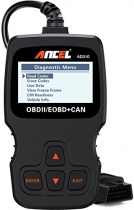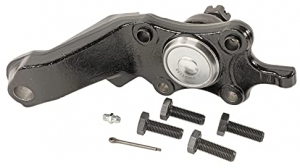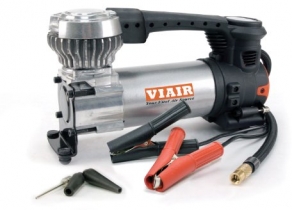-
Welcome to Tacoma World!
You are currently viewing as a guest! To get full-access, you need to register for a FREE account.
As a registered member, you’ll be able to:- Participate in all Tacoma discussion topics
- Communicate privately with other Tacoma owners from around the world
- Post your own photos in our Members Gallery
- Access all special features of the site
Rack and pinion + ball joint replacement
Discussion in '1st Gen. Tacomas (1995-2004)' started by ksralaska, Jun 4, 2019.


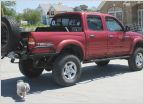 Toolboxes
Toolboxes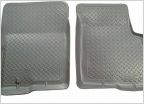 Husky Liners for extended cab? Rear mats source?
Husky Liners for extended cab? Rear mats source?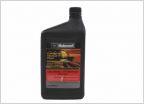 "Notchy" manual transmission after gear oil change
"Notchy" manual transmission after gear oil change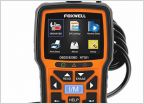 Code scanner showing high ECT readings
Code scanner showing high ECT readings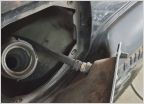 Breathers, Rear Diff & Front Diff -- Metric threads?
Breathers, Rear Diff & Front Diff -- Metric threads?











